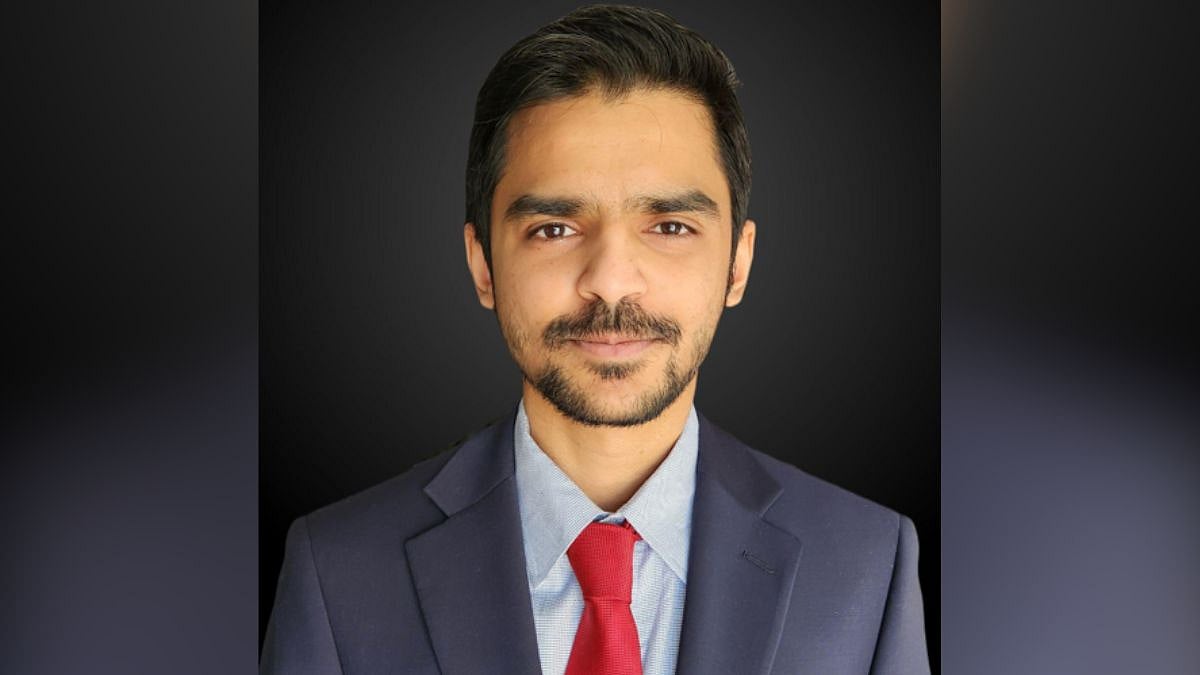Process Innovation Success: Dr Sudharsan Vaidhun’s AUTOSAR Testing Transformation | File Photo
Sudharsan has established new standards for efficiency and quality with his creative approach to automating AUTOSAR testing procedures in the intricate world of automotive software development, where system stability is crucial and mistakes can have far-reaching effects. Under his direction, runnable-to-task mapping automation using Six Sigma Continuous Improvement approaches has revolutionized an error-prone process into a model of efficiency and dependability, setting new benchmarks for software development in the automobile industry.
In charge of this crucial project, Sudharsan decided which important areas may be greatly impacted by automation in terms of system quality. He addressed one of the most difficult problems in AUTOSAR development with his creative technique to automate runnable-to-task mappings. The outcomes were striking: a significant increase in system dependability and development efficiency, with an 80% decrease in faults brought on by mapping mistakes. In addition to improving product quality, this accomplishment greatly shortened development timelines and related expenses.
A thorough grasp of AUTOSAR architecture and automation principles was necessary due to the project’s technological complexity. In order to collect and analyze stack consumption and throughput statistics, Sudharsan created complex scripts that gave users previously unheard-of insight into system performance. Because of the extensive analytics features these scripts had, system resources could be monitored in real time, and possible bottlenecks could be identified early. A major departure from conventional reactive troubleshooting techniques was signaled by this proactive approach to system monitoring and analysis.
A number of novel elements were included in the automation structure that Sudharsan oversaw. Intelligent error detection methods were incorporated into the system to detect any mapping conflicts before they materialized as runtime issues. The framework also included comprehensive resource usage and performance analytics, which helped developers better allocate tasks and manage system resources.
A key factor in the project’s success was Sudharsan’s focus on making decisions based on facts. In addition to increasing system reliability, his use of automated analytic tools also increased development team communication. For the development process, being able to anticipate and resolve such problems before they affected system performance was revolutionary. The automated system produced thorough reports that improved communication between quality assurance teams, system integrators, and software developers.
This automation project has effects that went well beyond short-term technological advancements. By drastically lowering the frequency of system resets during System Integration Testing, Sudharsan’s inventions expedited the whole development process. More dependable software releases and quicker development cycles were directly correlated with higher testing efficiency. In addition to enabling more comprehensive software component validation, the automated testing approach yielded valuable information on the system’s behavior under various conditions.
The impact of this automation initiative extended well beyond immediate technical improvements. Through Sudharsan’s ideas, the entire development process was accelerated by significantly reducing the number of system resets during System Integration Testing. Testing efficiency was positively connected with faster development cycles and more reliable software releases. Not only did the automated testing technique allow for more thorough software component validation, but it also provided useful insights into how the system behaved in different scenarios.
Under Sudharsan’s direction, the automation project was successful, demonstrating the value of creative problem-solving in overcoming difficult technological obstacles. His work created a blueprint for future advancements in automotive software development by establishing new standards for automated testing and quality assurance in AUTOSAR systems. He created a framework that has since been used as a model for like projects throughout the industry, proving the need of methodical process improvement in software development.
Efficiency gains in software testing procedures are still being driven by the tools and techniques created during this project. The efficiency of Sudharsan’s process automation and quality improvement methodology is demonstrated by the significant decrease in mapping mistakes and enhanced system stability. Because of its scalability, the automation framework may be modified for use in more AUTOSAR development projects, increasing its influence throughout the company.
There have been significant long-term advantages to this endeavor. In addition to the immediate gains in development efficiency and system dependability, the project has created a new standard for automated testing in the software development of automobiles. The techniques and resources created under Sudharsan’s direction are still developing, adding new features and adjusting to the demands of the ever-evolving technological landscape.
Long-term benefits of this effort have been substantial. A new standard for automated testing in automotive software development has been established by the project, in addition to the immediate improvements in system reliability and development efficiency. Under Sudharsan’s guidance, methods and materials are still being developed, introducing new features and adapting to the needs of the rapidly changing technological environment.
About Dr. Sudharsan Vaidhun
Dr. Sudharsan Vaidhun is a renowned expert in process optimization and automotive software development. Six Sigma techniques, automation technologies, and AUTOSAR systems are among his areas of competence. Through his creative work in quality improvement and testing automation, he has shown to be a remarkable talent at turning intricate technical procedures into dependable, effective solutions. His efforts still have an impact on industry best practices for testing and software development for automobiles. As a thought leader in automotive software development, especially in the fields of process automation and quality improvement, Dr. Vaidhun has made a name for himself via his dedication to innovation and excellence. His work continuously exemplifies the potent fusion of strategic process improvement and technological know-how in propelling organizational achievement.
